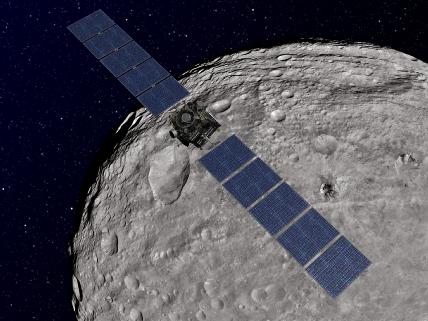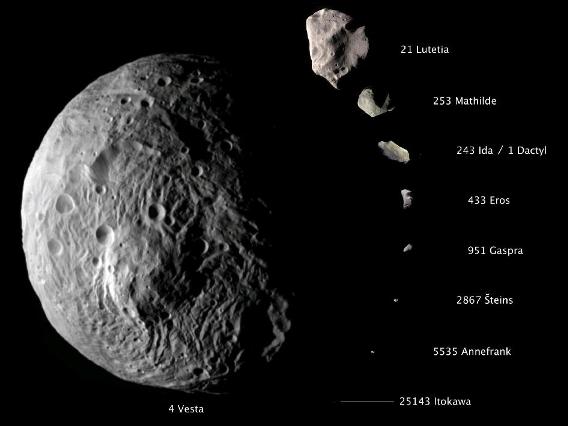Podcast: Play in new window
BOB HIRSHON (host):
An ancient protoplanet. I’m Bob Hirshon and this is Science Update.
Vesta, the second-largest body in the asteroid belt between Mars and Jupiter, has long been suspected to be more than just a chunk of rock. Now, the NASA space probe Dawn has confirmed that it’s actually an ancient protoplanet. UCLA planetary physicist Christopher Russell of UCLA explains that when the planet Jupiter formed, its strong gravitational field set off a game of cosmic billiards: Nearby protoplanets jostled and smashed one another into bits.
CHRISTOPHER RUSSELL (University of California, Los Angeles):
But there was one body, of this type and size, that survived all that. The last man standing was Vesta.
HIRSHON:
Among other things, the new data confirm that Vesta has a layered, complex composition with a metallic core, like full-fledged planets. Studying the proto-planet will help scientists understand the dawn of the solar system, over 4.5 billion years ago. I’m Bob Hirshon for AAAS, the Science Society.


